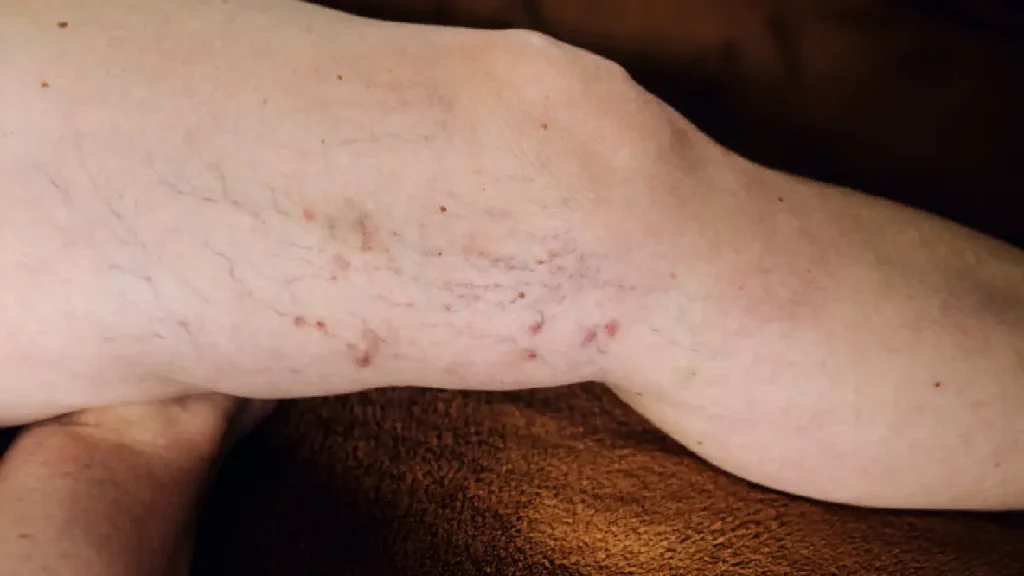Dive into the heart of radiofrequency ablation—a vein treatment that marries innovation with healing. How does it unfold? What lies ahead? Let’s demystify the journey.
Understanding Radiofrequency Ablation
At its core, radiofrequency ablation (RFA) is a medical vein treatment used to reduce chronic pain. It involves the use of radio wave-generated heat to target specific nerves, thereby inhibiting their ability to transmit pain signals to the brain.
This technique is particularly effective for patients who have not found relief through conventional methods. It’s a ray of hope, showcasing how technology can bridge the gap between enduring suffering and finding solace.

Before the Treatment: Preparation Guidelines
Preparation starts with a consultation, where your doctor will review your medical history and conduct a physical exam. Patients may be advised to stop taking certain medications or to fast for a specified period before the vein treatment.
You’ll also be briefed on what to wear, which is usually loose, comfortable clothing, and what arrangements you might need for returning home after the treatment. This step-by-step approach aims to ensure your safety and comfort throughout the process.
During the treatment: What Happens Step by Step
Initially, you’ll be made comfortable, where vital signs are monitored. A local anesthetic is applied to numb the treatment area. Using imaging guidance, the doctor precisely positions a needle through which the radiofrequency current is delivered.
The process targets the nerves responsible for transmitting pain signals. Though the idea of needles and electric currents might sound daunting, patients usually experience minimal discomfort, thanks to the anesthetic and the professional care of the medical staff.
After the Treatment: Recovery and Care
Post-procedure, there’s a brief observation period to monitor for any immediate side effects. Most people can resume normal activities within a day, though direct advice from your healthcare provider is crucial.
It’s essential to follow any personalized care instructions, including activity modifications or medication schedules. This period is crucial for optimal healing and ensuring the success of the treatment.
FAQs: Common Questions About Radiofrequency Ablation
One prevalent question is about the duration of pain relief. While results vary, many patients enjoy significant relief for months or even years post-RFA.
Another common query relates to recovery time. Most patients report a quick return to daily activities, with a focus on following prescribed recovery guidelines to ensure the best outcomes.
The Future of Pain Relief
Radiofrequency ablation stands as a beacon of hope for those suffering from chronic pain, offering a minimally invasive route to relief. As technology and techniques continue to evolve, this vein treatment promises a brighter, less painful future.






